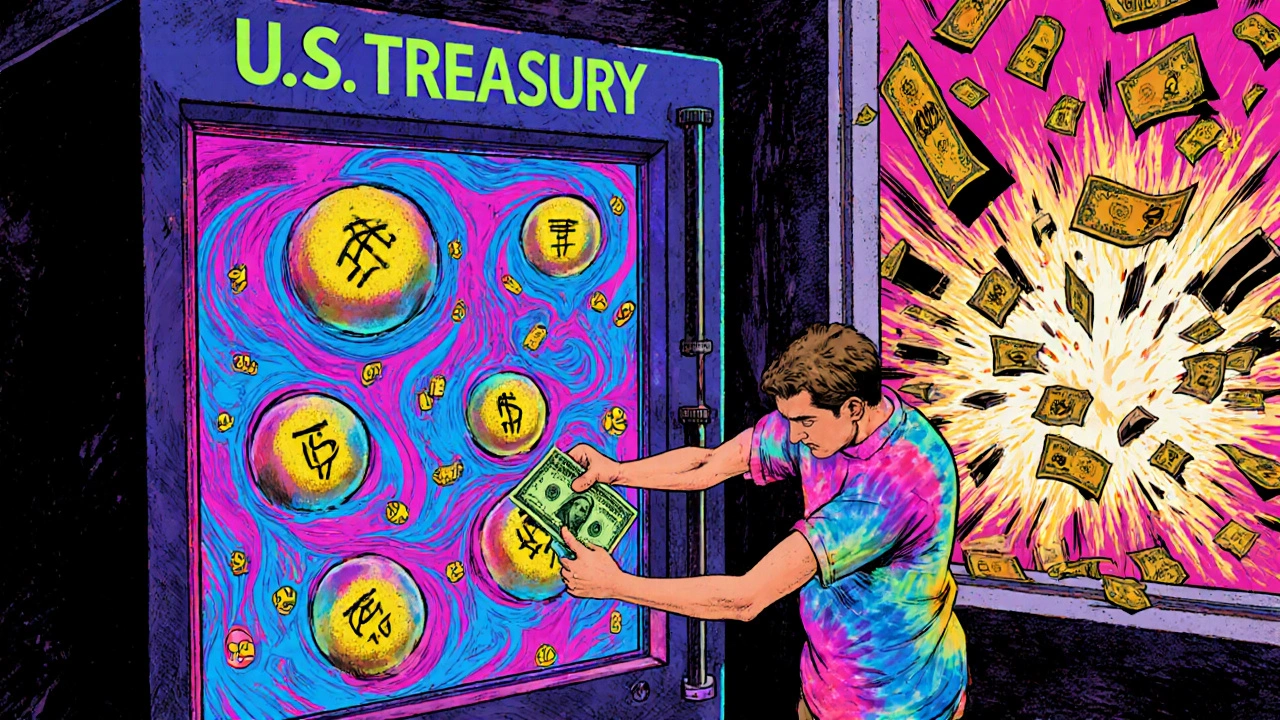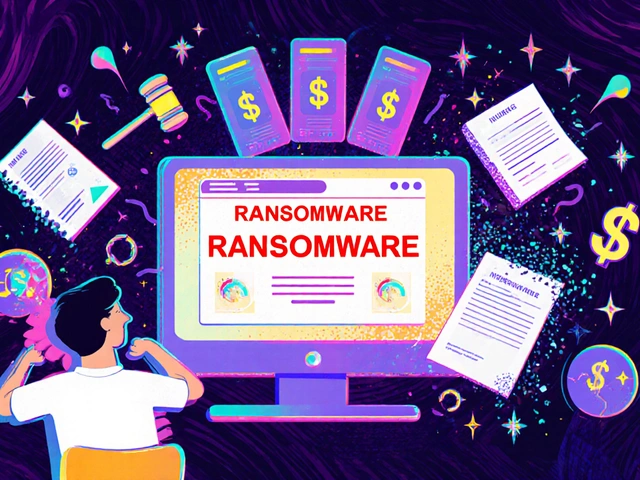Treasury Bonds: Safe Investments That Actually Work in 2025
When you think of a truly safe investment, Treasury bonds, U.S. government debt securities issued by the Department of the Treasury to fund federal spending. Also known as T-bonds, they’re the go-to choice for anyone who wants to protect their money without gambling on the market. Unlike stocks, they don’t swing with headlines. Unlike crypto, they don’t vanish overnight. They’re simple: you lend the U.S. government money, and they pay you back with interest—guaranteed.
Treasury bonds are part of a bigger family called U.S. government securities, a category that includes T-bills, T-notes, and TIPS, all issued by the federal government. T-bills mature in under a year, T-notes in 2 to 10 years, and T-bonds last 20 to 30 years. Then there’s inflation-protected bonds, officially called TIPS—Treasury Inflation-Protected Securities—that adjust their principal based on the Consumer Price Index. If prices rise, your bond pays more. If they fall, you’re still protected. This makes TIPS a rare tool that actually fights inflation instead of hiding from it.
What drives Treasury bond prices? Interest rates. When the Fed raises rates, new bonds offer higher yields, so older ones drop in value. When rates fall, existing bonds become more valuable. That’s why long-term bonds can lose money in a rising rate environment—even though they’re still safe. And while bond yields are low right now compared to 2022, they’re still higher than savings accounts and CDs. For retirees, risk-averse investors, or anyone building a cushion, they’re not exciting—but they’re reliable.
People often think stocks and bonds always move in opposite directions. That’s not true anymore. In 2022, both dropped together. In 2023, bonds bounced back while stocks stalled. That’s why you need to understand how bond yields behave under different economic conditions—not just follow the noise. Treasury bonds don’t promise big gains, but they keep your portfolio from falling apart when things get rough.
What you’ll find in these posts isn’t theory. It’s real talk about how Treasury bonds fit into modern portfolios, how they react to Fed decisions, and when they’re the smartest choice—even when everything else feels risky. You’ll learn how to buy them directly, how to use them with other assets, and why holding them doesn’t mean you’re playing it too safe—you’re just playing it right.





